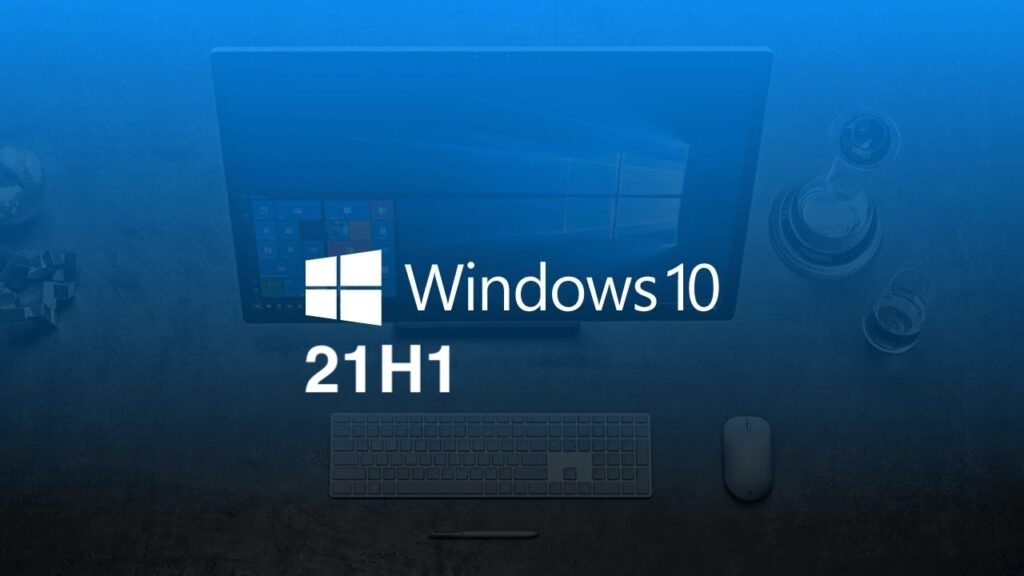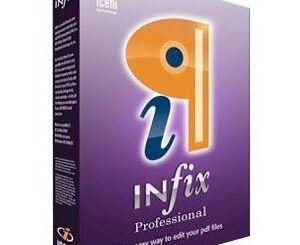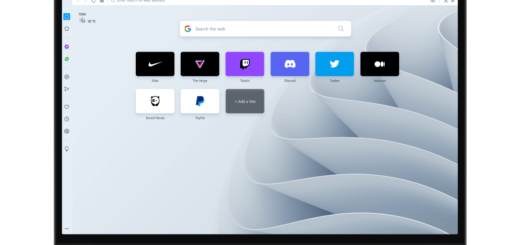Microsoft: Windows 10 21H1 reaches end of service in December

Microsoft has reminded customers that all editions of Windows 10, version 21H1 will reach the end of service (EOS) in three months, on December 13, 2022.
The company said in a support document published on Wednesday that Windows 10 21H1 (also known as the May 2021 Update) that systems running these Windows editions will no longer receive security updates.
Customers still using it are advised to upgrade to the latest release as soon as possible to avoid exposure to attacks exploiting unpatched security vulnerabilities.
“These editions will no longer receive security updates after December 13, 2022,” Microsoft explained.
“Customers who contact Microsoft Support after this date will be directed to update their device to the latest version of Windows 10 or Windows 11 to remain supported.”
The complete list of Windows 10 21H1 editions that will no longer be supported includes:
- Windows 10 Enterprise, version 21H1
- Windows 10 Enterprise multi-session, version 21H1
- Windows 10 Education, version 21H1
- Windows 10 IoT Enterprise, version 21H1
- Windows 10 Home, version 21H1
- Windows 10 Pro, version 21H1
- Windows 10 Pro Education, version 21H1
- Windows 10 Pro for Workstations, version 21H1
Incoming forced updates before EOS?
While Microsoft hasn’t yet announced it, the company will likely soon start forcing feature updates via Windows Update on consumer devices and non-managed business devices still running Windows 10 21H1 as it approaches EOS.
This approach has been used for all Windows versions in recent years to ensure that devices quickly approaching EOS still receive critical security updates.
You can find more details regarding end-of-service dates for supported versions of Windows in the Windows Lifecycle FAQ, the Windows 10 Servicing Frequently Asked Questions, and the Lifecycle Policy search tool.
The company also provides its customers with a complete list of all products ending support or that will be retired this year.
Latest versions in broad deployment
In related news, Microsoft announced in January that it started a forced deployment of Windows 10 21H2 (the latest Windows 10 version) to more devices reaching EOS.
In April, Redmond designated Windows 10 21H2 for broad deployment, making it available to everyone via Windows Update.
Windows 11 21H2 is also in broad deployment since late January and is available to all users with eligible devices via Windows Update.
You can check if your device is eligible and can be upgraded to Windows 11 using the PC Health Check app or by comparing the system’s specs with Windows 11’s list of requirements.
“As always, we recommend that you update your devices to the latest version of Windows 10 or upgrade eligible devices to Windows 11 to take advantage of the latest features and advanced protections from the latest security threats,” Microsoft said in January.
You can follow this guided walk-through to fix any errors encountered while upgrading to the latest Windows version or use this support document to troubleshoot any update problems you may experience throughout the process.
Original News By Sergiu Gatlan





